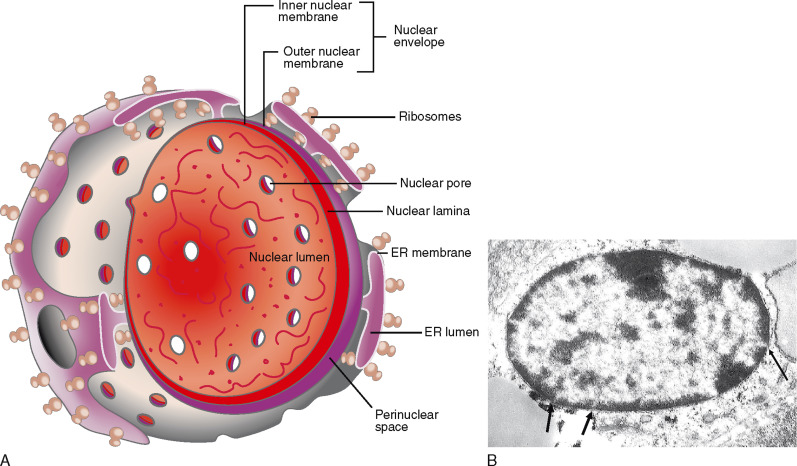
Physicists have expanded the frontiers of nuclear research by creating a compact particle collider that utilizes radioactive molecules. This innovation enables scientists to delve into the complexities of an atom’s nucleus without depending on large accelerator facilities, illuminating the cosmic mystery of why matter predominates over antimatter in the universe.
At MIT, researchers combined radium atoms with fluoride to create radium monofluoride molecules. Using lasers, they monitored the energy levels of electrons traveling through the atomic framework. The results were extraordinary: electrons displayed a slight energy change, only a millionth of the energy of the laser photon. This minute shift is significant; it signifies that the electrons penetrated the radium nucleus, engaged with its protons and neutrons, and emerged bearing evidence of their interaction.
Silviu-Marian Udrescu, a co-author of the research, explained the occurrence. Positioning a radioactive atom within a molecule generates a far more potent internal electric field for the electrons than can be achieved artificially in a laboratory setting. Essentially, this molecular configuration functions as a high-energy collider, allowing a deeper investigation into the radium nucleus.
Radium nuclei feature a distinctive characteristic: rather than being perfectly round, they are pear-shaped. This asymmetrical formation could potentially enhance minor breaches of fundamental symmetries. These breaches may offer clues regarding the scarcity of antimatter in the observable universe. According to the Standard Model, matter and antimatter should have been generated in almost equal amounts after the Big Bang. Yet, our universe is predominantly composed of matter, with antimatter appearing only momentarily.
The research team utilized molecules as natural amplifiers, confining radium atoms within the radium monofluoride molecules. This confinement compels electrons into tighter orbits, increasing the chances of them infiltrating the nucleus during their rapid movements. The molecules were cooled and traversed vacuum chambers, where lasers diligently measured electron energy levels.
Published in Science, the study disclosed that the recorded electron energies deviated from expectations based solely on external influences. This discrepancy indicated events occurring within the nucleus, a brief moment when electrons explored the nuclear interior and conveyed the resulting information.
Ronald Fernando Garcia Ruiz, the lead of the study, compares this breakthrough to assessing the electric field inside a battery instead of merely around it. Conventional methods require large facilities to accelerate electrons for nuclear exploration. Conversely, this molecular strategy facilitates the investigation of nuclear structures without the need for extensive infrastructure.
Nevertheless, radium’s radioactive characteristics introduce further complications. Radium atoms decay rapidly, and radium monofluoride molecules are produced in limited quantities. Precise techniques were essential to detect these molecules and accurately measure their electron energies.
Their measurements concentrate on nuclear magnetic distribution, which represents the arrangement of protons and neutrons within the nucleus. Each proton and neutron operates like a tiny magnet, and their orientations are dependent on the nucleus’s internal configuration. Mapping this distribution in radium could reveal discrepancies from expected symmetries that the Standard Model does not address.
The researchers aim to further cool the molecules and manipulate the alignment of the pear-shaped nuclei. Such manipulation would enable detailed mapping of nuclear elements, potentially revealing symmetry violations that could clarify the matter-antimatter puzzle.
The research, conducted at CERN’s Collinear Resonance Ionization Spectroscopy Experiment in Switzerland, received support from the U.S. Department of Energy. Shane Wilkins, the study’s chief author and a former MIT postdoc, emphasizes the technique’s increased sensitivity and promise for examining rare and fleeting atoms. This approach could pave the way for investigating other heavy radioactive nuclei, presenting new avenues into subatomic research without relying on expensive accelerator facilities.
For further details, see the complete study in Science: [Science: 10.1126/science.adm7717](https://doi.org/10.1126/science.adm7717)